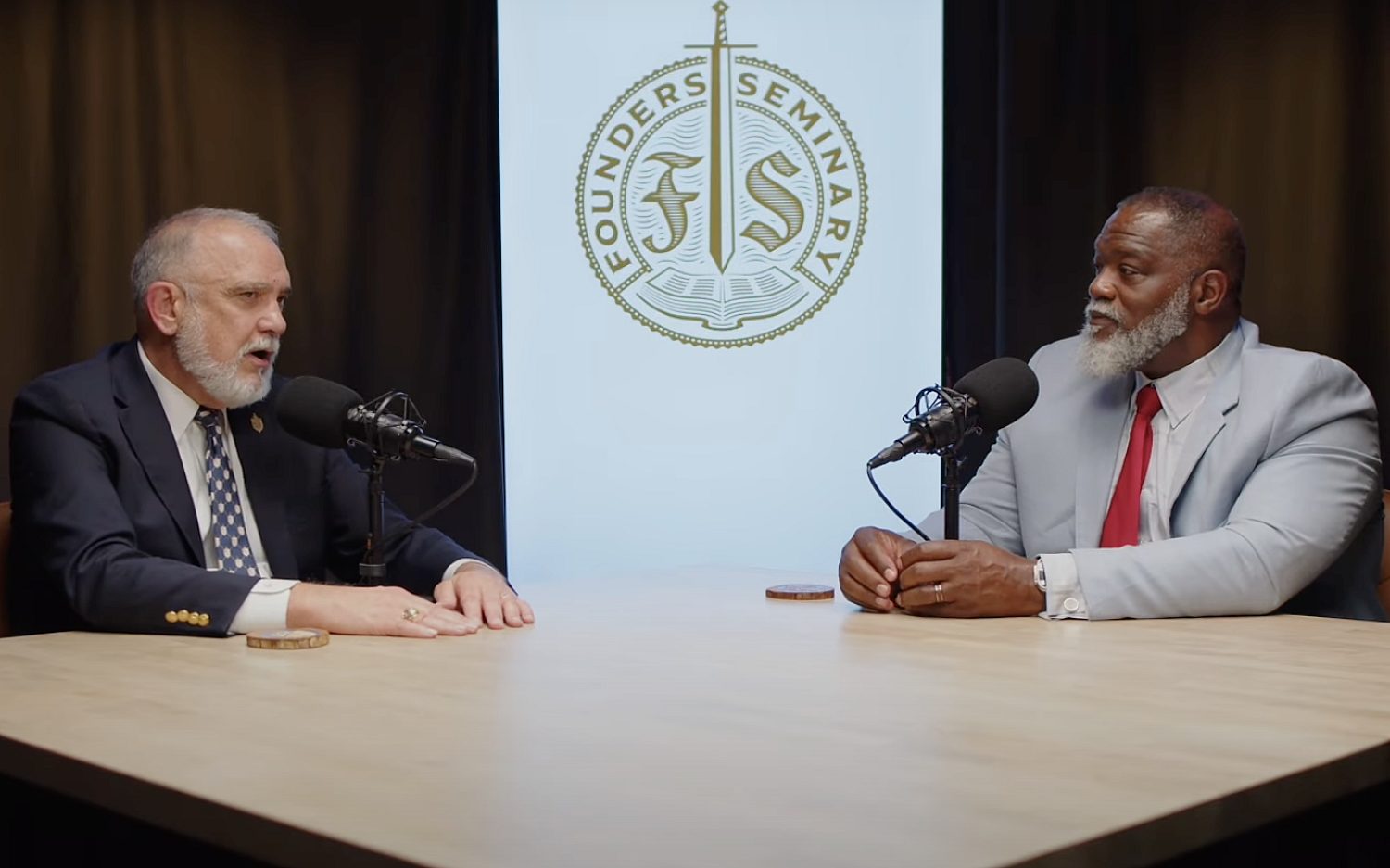Archeologists discover ancient Philistine graveyard
Dig is shedding light on the origins of the Israelites’ archenemy
Archeologists in southern Israel recently unearthed nearly 150 ancient Philistine grave sites near the Mediterranean seaport of Ashkelon, one of five major ancient Philistine cities.
Although they did not find the remains of Goliath, the giant Philistine warrior of the Bible whom young David felled with a slingshot, the experts are nevertheless excited about the nearly 3,000-year-old find. It is the first ever discovery of a Philistine burial ground. They hope it may help solve the baffling mystery of the origin of the ancient Israelites’ archenemy.
According to biblical narratives, the Philistine people not only produced Goliath but also Delilah, the devious wife of Sampson, who sapped her husband’s super strength when she cut his hair. They also captured the Ark of the Covenant and kept it for a time.
Although the Philistines lived in the land of Canaan, most experts do not believe they originated there. Their ceramics, architecture, burial customs, pottery, use of Greek rather than Semitic writing, and their consumption of both pork and dog were not common Canaanite customs.
Canaanites typically laid their deceased on raised platforms in family or multiple burials. But the Philistines in Ashkelon buried their dead mostly in individual oval pits or deposited them collectively in tombs. Four were cremated. Those were common burial practices in the area of Greece around the Aegean Sea.
The Bible attests that these seafaring people migrated from the island of Crete, bordered by the Aegean and Mediterranean Seas.
“What is certain is that they were strangers in the Semitic region where their presence between 1200 and 600 B.C. is evident on a thin coastal strip running from present-day Gaza to Tel Aviv,” Daniel Master, the archeologist in charge of the site, told National Geographic.
Master believes the red-and-black pottery of the Philistines suggests they may have come from the Mycenaean civilization, the last phase of the Bronze Age in Ancient Greece (1600-1100 B.C.).
Unlike the Egyptians, the Philistines at Ashkelon buried few things with the deceased. Some of the bodies sported a few pieces of jewelry. But the archeologists found mostly small vials that may have contained perfume, storage jars, and bowls near the remains. In two cases, they discovered small bottles pointed at the nose, near the nostril. The archeologists speculated the mourners may have placed the bottles there believing the deceased could smell the perfume in eternity.
The archeologists were surprised to find a hoard of arrowheads in various forms and sizes near one man.
“Perhaps the archer could choose the arrows he needed to penetrate flesh, armor, or wood,” Adam Aja, assistant director of the excavation, told Haaretz news.
The few remains of children the researchers found were deliberately buried under a “blanket” of broken pottery pieces.
The Philistines first appear in the archeological record in the early 12th century B.C., Lawrence Stager, an archeology professor at Harvard University told National Geographic.
Ashkelon was home to 13,000 inhabitants at its peak. Its location on the Mediterranean Sea and its proximity to Egypt made it a flourishing trade center during the Bronze Age. Egypt used it as a place to sell linens, papyrus, and slaves.
In Zephaniah 2:5, God warned He would destroy the land of the Philistines, “until no inhabitant is left.”
“We know here in Ashkelon that these Philistines were completely destroyed by the Babylonian king, Nebuchadnezzar, in December of 604 B.C.,” Master told ABC News.
Later, the Phoenicians, followed by the Greeks, Romans, Byzantines, and Crusaders, occupied Ashkelon, but Egypt’s Islamic rulers ultimately wiped the city out in 1270 A.D.
An international team of researchers is currently conducting DNA research and other tests to try to shed light on the Philistines’ genetic origins.
An actual newsletter worth subscribing to instead of just a collection of links. —Adam
Sign up to receive The Sift email newsletter each weekday morning for the latest headlines from WORLD’s breaking news team.





Please wait while we load the latest comments...
Comments
Please register, subscribe, or log in to comment on this article.